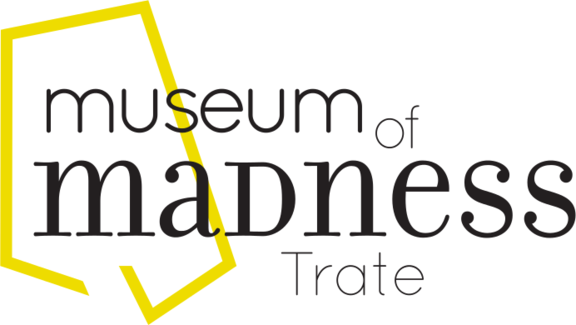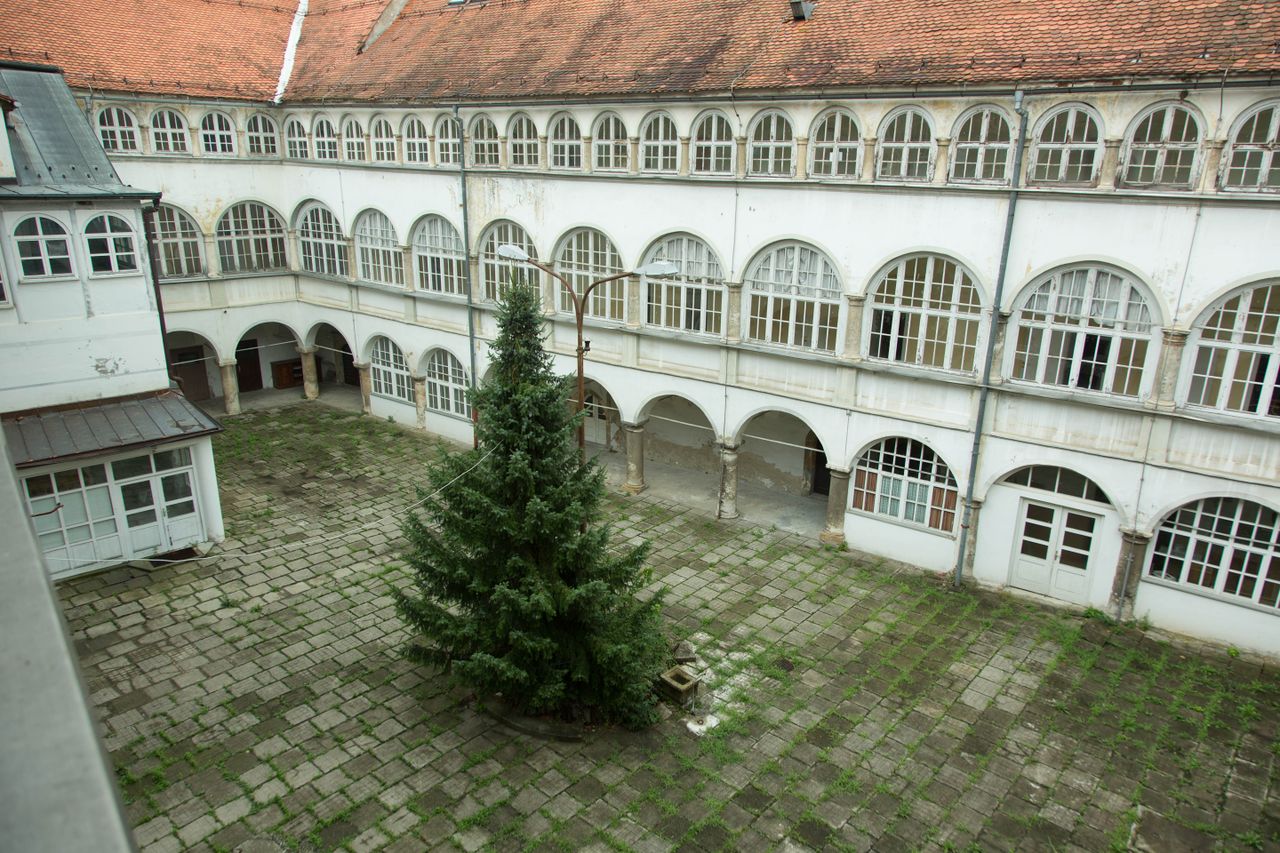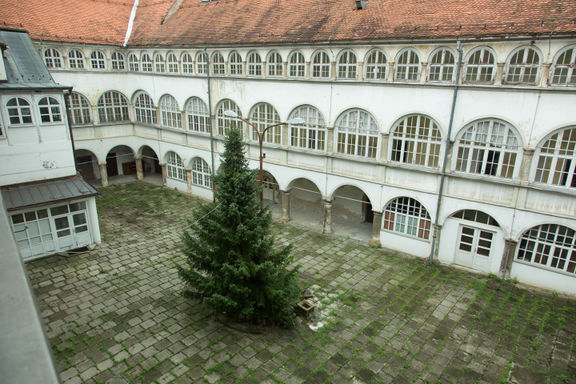Difference between revisions of "Museum of Madness"
| Line 54: | Line 54: | ||
{{Teaser| | {{Teaser| | ||
| − | The [[Museum of Madness]] was established in [[established::2013]] as a private institute in Trate (northeastern Slovenia), spurred by the sinister presence of the [[Cmurek Castle]], which functioned as a psychiatric hospital from 1955 till 2004. Nine years after its abandonment the castle became a nexus for a local initiative focused on a provocative reevaluation of madness. The museum's cultural and communal activities deal with the detabooisation and promote deinstitutionalisation. With a substantial amount of voluntary work and the support from both neighbouring municipalities (Šentilj from the Slovenian and Mureck from the Austrian side) the institute has turned the castle into a unique venue. | + | The [[Museum of Madness]] was established in [[established::2013]] as a private institute in Trate (northeastern Slovenia), spurred by the sinister presence of the [[Cmurek Castle]], which functioned as a psychiatric hospital from 1955 till 2004. Nine years after its abandonment the castle became a nexus for a local initiative focused on a somewhat provocative reevaluation of madness. The museum's cultural and communal activities deal with the detabooisation and promote deinstitutionalisation. With a substantial amount of voluntary work and the support from both neighbouring municipalities (Šentilj from the Slovenian and Mureck from the Austrian side) the institute has turned the castle into a unique venue. |
}} | }} | ||
==Programme== | ==Programme== | ||
| − | The founders of the Museum of Madness have developed an innovative project connecting the Slovenian and Austrian communities, based on the local natural and cultural heritage (the [[Cmurek Castle|Cmurek]] and New Kinek castles as well as the defunct Petek electric mill, built in 1912–1914). The versatile bilingual programme featured the production and screening of the ''Politisation of Friendship'' documentary on the closing down of the Trate | + | The founders of the Museum of Madness have developed an innovative project connecting the Slovenian and Austrian communities, based on the local natural and cultural heritage (the [[Cmurek Castle|Cmurek]] and New Kinek castles as well as the defunct Petek electric mill, built in 1912–1914). The versatile bilingual programme featured the production and screening of the ''Politisation of Friendship'' documentary on the closing down of the Trate psychiatric hospital (2014); the paraliterary [[I.D.I.O.T Group]] with a workshop and public reading (2014), a fine arts symposium ''Madness and Creativity'', conceived by [[Saša Bezjak]] and [[Anja Jerčič Jakob]] and curated by [[Petra Kapš]] (2015). The [[Cmurek Castle]] also became a regional venue for concerts ([[Seviqc Brežice Festival]]), book discussions, lectures, exhibitions (''The Mysterious World of the Mura River'') etc. |
The Museum's ambition is to become an international interdisciplinary centre "for cooperation and coordination of all agents whose work and lives are crossing the field of madness". | The Museum's ambition is to become an international interdisciplinary centre "for cooperation and coordination of all agents whose work and lives are crossing the field of madness". | ||
Revision as of 22:00, 22 June 2015
Programme
The founders of the Museum of Madness have developed an innovative project connecting the Slovenian and Austrian communities, based on the local natural and cultural heritage (the Cmurek and New Kinek castles as well as the defunct Petek electric mill, built in 1912–1914). The versatile bilingual programme featured the production and screening of the Politisation of Friendship documentary on the closing down of the Trate psychiatric hospital (2014); the paraliterary I.D.I.O.T Group with a workshop and public reading (2014), a fine arts symposium Madness and Creativity, conceived by Saša Bezjak and Anja Jerčič Jakob and curated by Petra Kapš (2015). The Cmurek Castle also became a regional venue for concerts (Seviqc Brežice Festival), book discussions, lectures, exhibitions (The Mysterious World of the Mura River) etc.
The Museum's ambition is to become an international interdisciplinary centre "for cooperation and coordination of all agents whose work and lives are crossing the field of madness".





